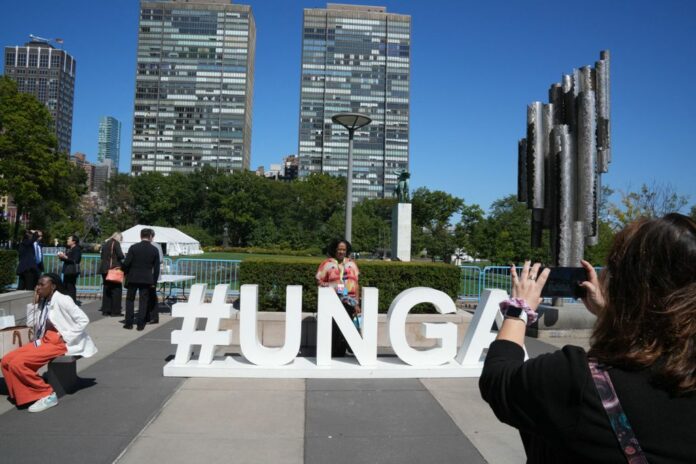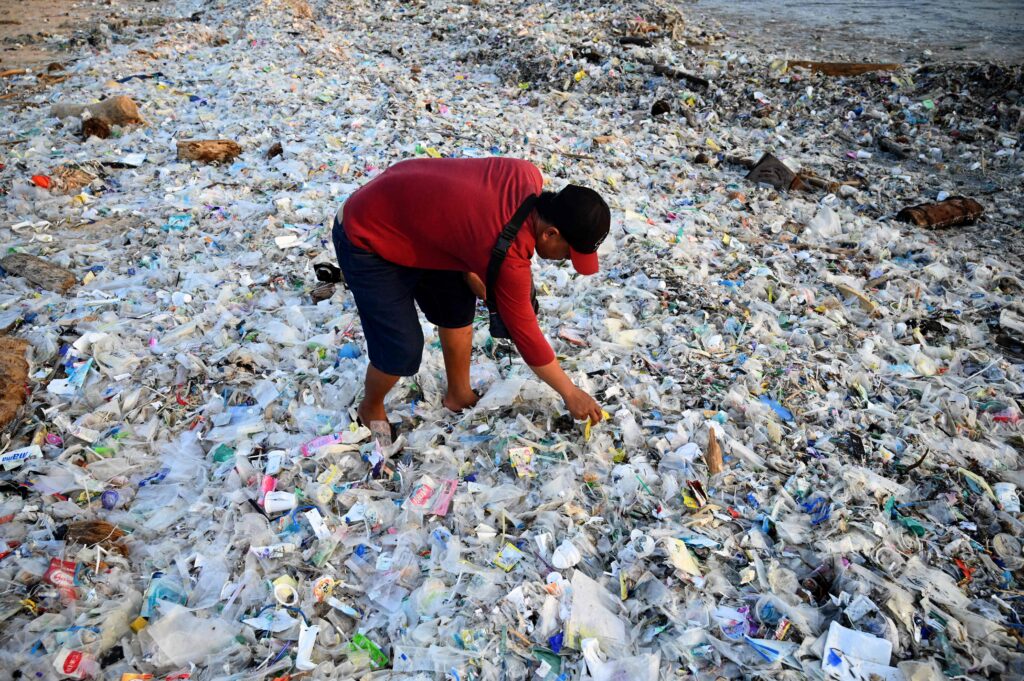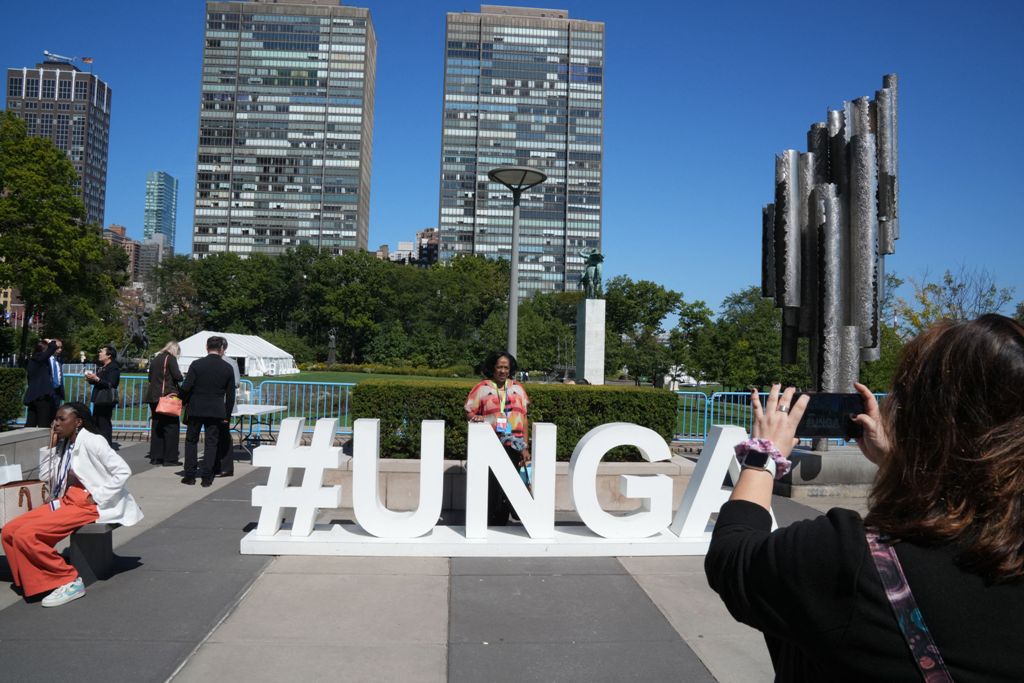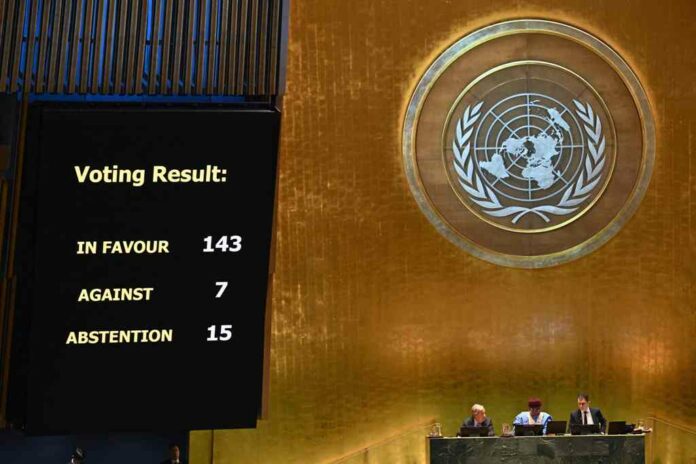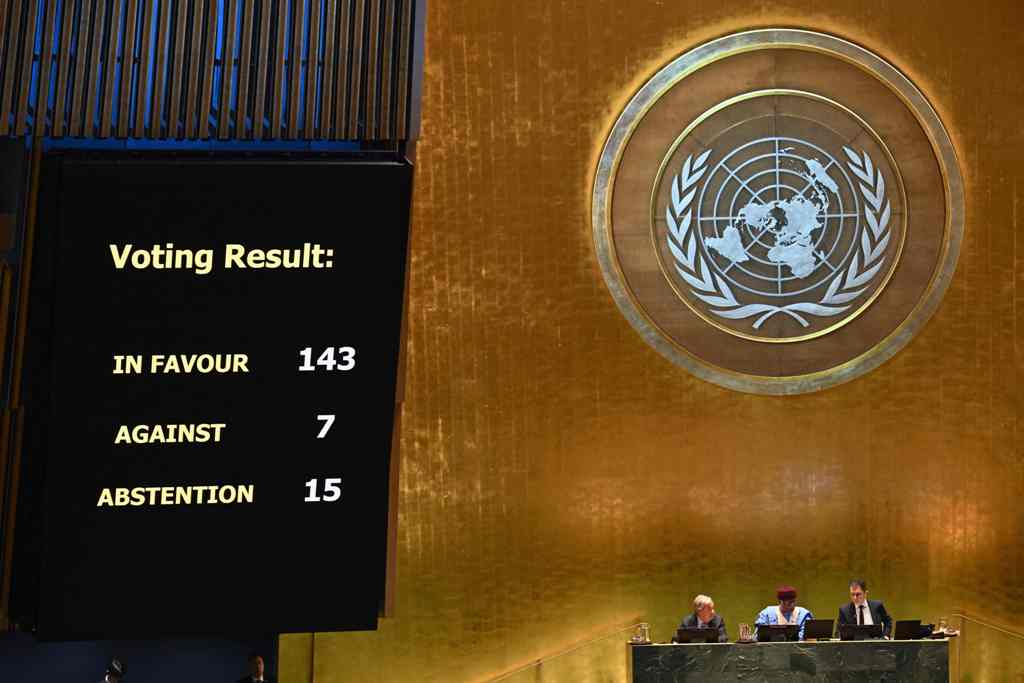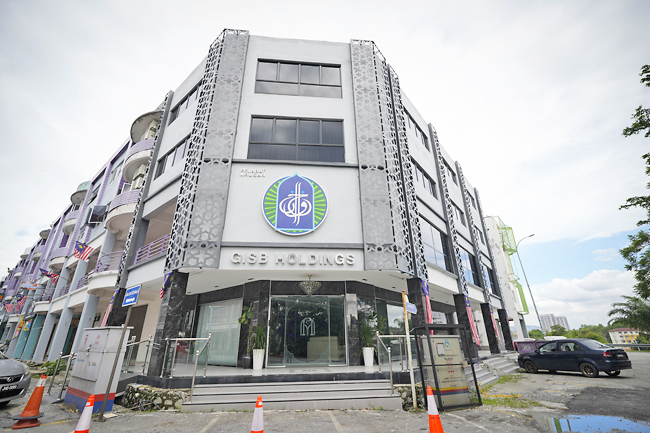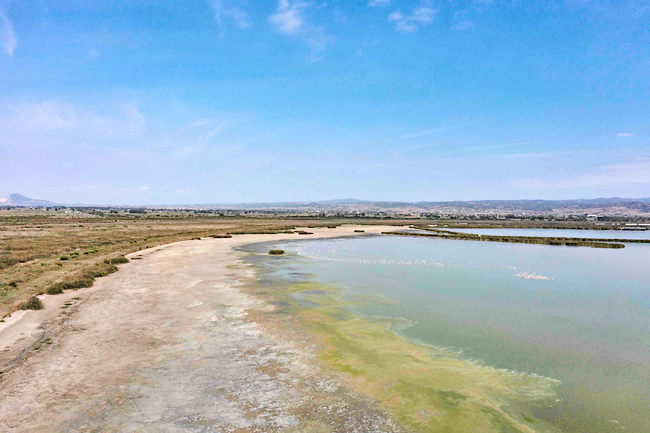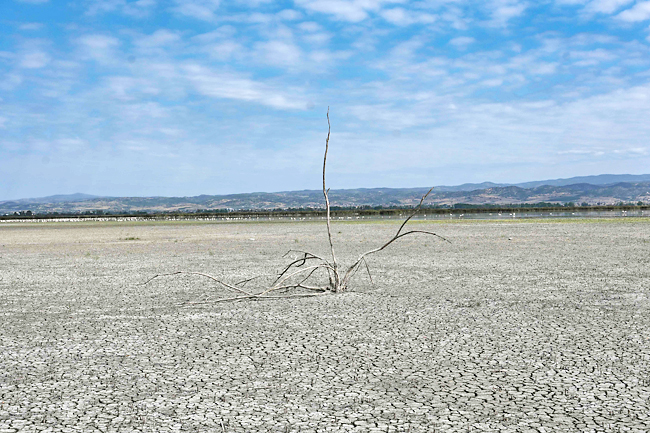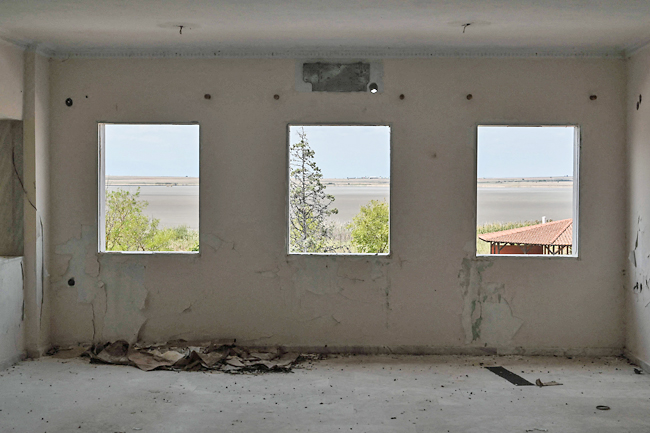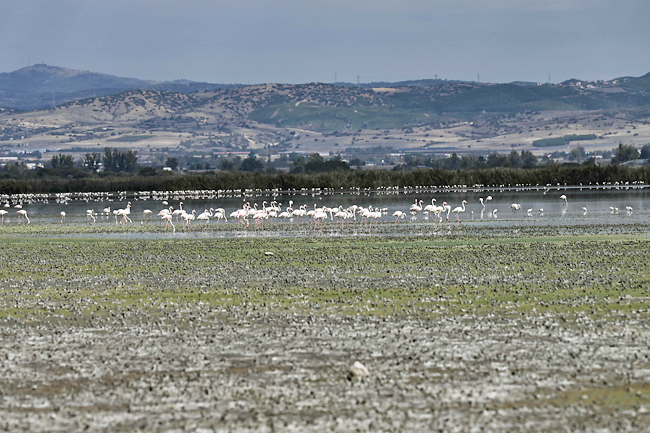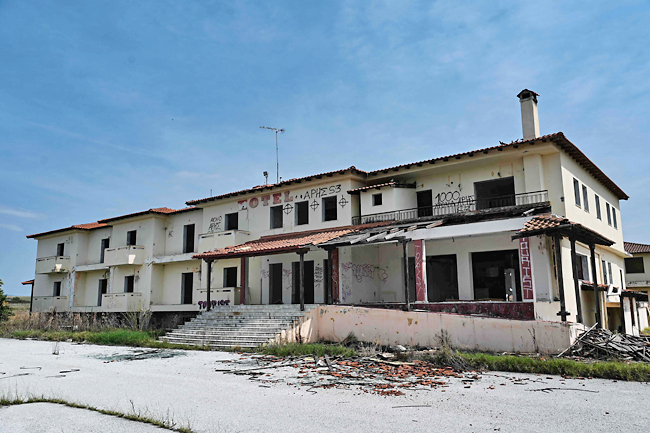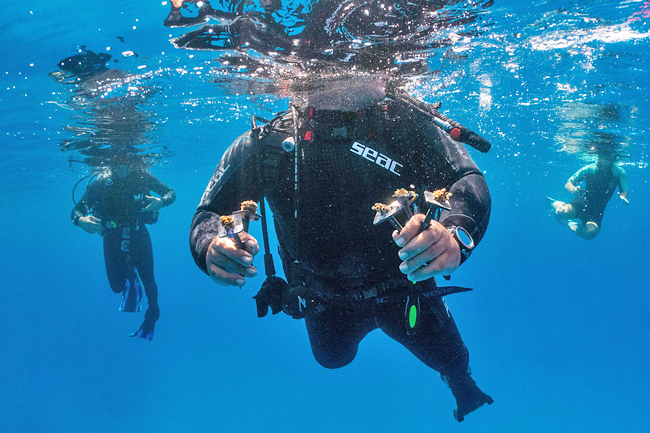
NEW YORK (AFP) – New York’s prestigious Metropolitan Opera will open its season Monday with Grounded, a work that explores technological evolutions of war against the backdrop of motherhood.
Commissioned by the Met and based on a one-woman play by George Brant, the piece kicking off the opera’s 2024-25 season first opened at the Washington National Opera last year.
The opera, scored by the Tony Award-winning composer Jeanine Tesori, sees a star fighter pilot named Jess lose her role in the skies – she’s grounded, as they say – after an unexpected pregnancy demands she take time off.
When Jess, played by mezzo-soprano Emily D’Angelo, returns to work, her new job is as a drone operator, which she does from a trailer in Las Vegas – and her sanity begins to spiral.

The opera premiered at Washington’s Kennedy Center in a kind of tryout for the new work, but reviews were mixed, some of them negative. Since then Tesori and Brant have done a revamp – the latest version of their opera is 45 minutes shorter, for one thing.
The revision process is a matter of “being very brave about the big brushes,” Tesori told AFP in an interview. “And then when we got to the Met, you go to the point where you’re using eyeliner brushes” to clean up the details.
For someone who’s spent a significant part of her career in musical theatre, composing for the unamplified voice of the opera offers both a challenge and a joy, she said. “I really love the responsibility of the orchestration to carve a place for the voice,” Tesori said.
“I can write for the orchestra as a character.”
Tesori said one way she could represent the ethical conflicts within the main character – after returning to work Jess operates drone strikes before rushing off to pick up her young daughter – was through splitting vocal pitch.
“The idea of splitting pitch is an expression of disassociation, or the beginnings of trauma and the protection of the psyche,” the composer said. “I was really playing with a woman who almost is like a cell and starts to divide, and that’s expressed in the way her pitch is splintered and bent, and eventually becomes another singer.”
“She just can’t keep all of what she’s seeing and remain intact mentally.”

Humans and tech
The Met’s production of Grounded is the latest in a string of more contemporary works in recent years, part of the institution’s efforts to attract younger and more diverse audiences.
The company has found box office success with operas by living composers, including “The Hours” and “Fire Shut Up In My Bones.”
Part of this forward-looking shift is also expressed through the content and themes of “Grounded” — “ultimately, the story is about the relationship between humans and technology,” said set designer Mimi Lien, also a Tony Award winner.
Core to the production of “Grounded” are Lien’s sets that occupy the Met’s vast stage, which include massive screens comprised of LED panels to convey imagery including the sensation of flying.
Lien also said she used the screens to portray the contrast between the sweeping sky and the compression of the drone trailer where Jess begins to pass her days.
Grounded is also the first production composed by a woman to ever open a season at the Met, which was founded in 1883.
“I’m conflicted about it, because of course, I’m incredibly honoured and grateful – and it does feel quite late,” Tesori said.



